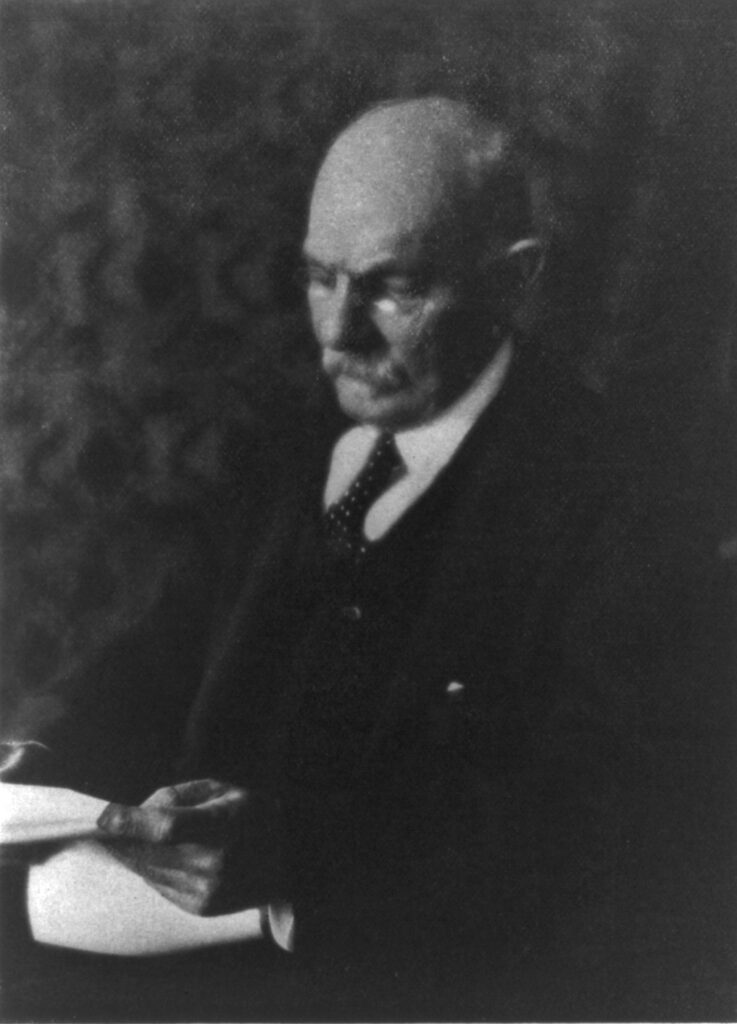Protective gloves are widely available, and their use during medical procedures is required by standards and procedures. But it hasn’t always been this way, and history of gloves and modern asepsis dates back just over 130 years [1] – from the perspective of medical history, that’s really not very long. How did they become widespread, who popularized them, and what does the history of medical gloves look like? Here are some interesting facts on the subject.
Who invented protective gloves gloves for medical purposes?
Aseptic and antiseptic techniques accompanying surgical procedures were adopted in the 19th century, but the necessity of using gloves and protective masks was not introduced immediately. Changes occurred gradually as personal protective equipment became more common and public awareness in this area increased [2].
The first use of gloves (then still made of leather), as indicated by sources, occurred in 1758 when Dr. Johann Waldbaum (1724–1799) used them for fetal manipulation during a gynaecological procedure [2]. Initially, the use of gloves was primarily to protect the doctor from dirt and blood, as there was no knowledge about the causes of infections, and the well-being of the patient was not considered. Among the doctors advocating for wearing such protection was Viennese dermatologist Joseph Plenk (1739–1807), who suggested that gloves could be used preventatively to protect against hand infections. Available sources also indicate that Dr. Ignac Semmelweiss (1818–1865) used gloves for gynaecological examinations [1].
After Charles Goodyear invented the technology for rubber production in 1839 and patented the vulcanization process in 1844, mass production of rubber products, including gloves, became possible.
The first scientific reports on the benefits of hand protection date back to the mid-19th century. In 1848, English physician William Acton issued a document highlighting the advantages of using rubber gloves in medical practice. However, since this recommendation was primarily directed at doctors performing autopsies, it was not widely adopted among representatives of other medical disciplines [2].
Gloves — Recent History: From Allergies to Protection
The identity of the inventor of protective gloves and the individual responsible for popularizing them remains speculative as little is known. William Stewart Halsted, a professor of surgery at John Hopkins Hospital in Baltimore, is credited with popularizing rubber gloves for surgery. In his reports, he mentioned that his surgical nurse and assistants used rubber gloves during operations to protect against allergic reactions to phenol, which was used as an antiseptic. It is also known that Dr. Hunter Robb recommended such protection in his textbook on asepsis.
Over time, gloves became increasingly widely used, but the history of medical gloves does not end there. Even at the end of the 19th century, surgeons did not routinely use them. It was only when Leipzig surgeon Bernard Koening declared in his medical work in 1894 that preoperative handwashing alone was not sufficient for disinfection that the use of gloves began to increase. However, this appeal was not universally adopted by the entire medical community [2].
In Europe, Werner Zoege-Manteuffel (1857–1926), a surgeon from Dorpat, is considered a promoter of the use of such personal protective equipment. The final widespread adoption of gloves in medical practice occurred during World War I. During World War II, the production and sterilization of medical rubber gloves were improved. Unfortunately, after the war, there was significant economic hardship worldwide, and production issues led to a decrease in the availability of these products. The shortage of gloves forced medical personnel to reuse them multiple times, revealing many shortcomings in the existing solutions. This, in turn, led to changes in production technology and improvements in gloves.
Gloves — History and Future
Currently, there is not any problem with the availability of gloves, and they are a fundamental part of protective clothing in medical practice. Researchers are increasingly focused on new areas of interest, including reducing hospital-acquired infections in patients, staff safety, glove quality in terms of materials used, and the microbiological cleanliness and content of potentially harmful substances in materials [1]. The history of disposable medical gloves is still being written, with technologies being updated and developed, and medical gloves becoming increasingly durable and providing more comfort and freedom.
Bibliography:
1. Hanna Doleżych-Teister, Gajne Martirosian, Czy rękawice są skuteczną barierą dla zakażeń związanych z opieką zdrowotną, Zakażenia XXI wieku 2019;2(3) s. 157–162;
2. Tadeusz Rejmanowski, Rękawiczki lekarskie w zarysie dziejowym. Historia medycyny, Meritum 4/2007
3. Rafał Walas, Historia rękawiczek lekarskich, diabpolmed.pl (12.03.2018);
 Polski
Polski
